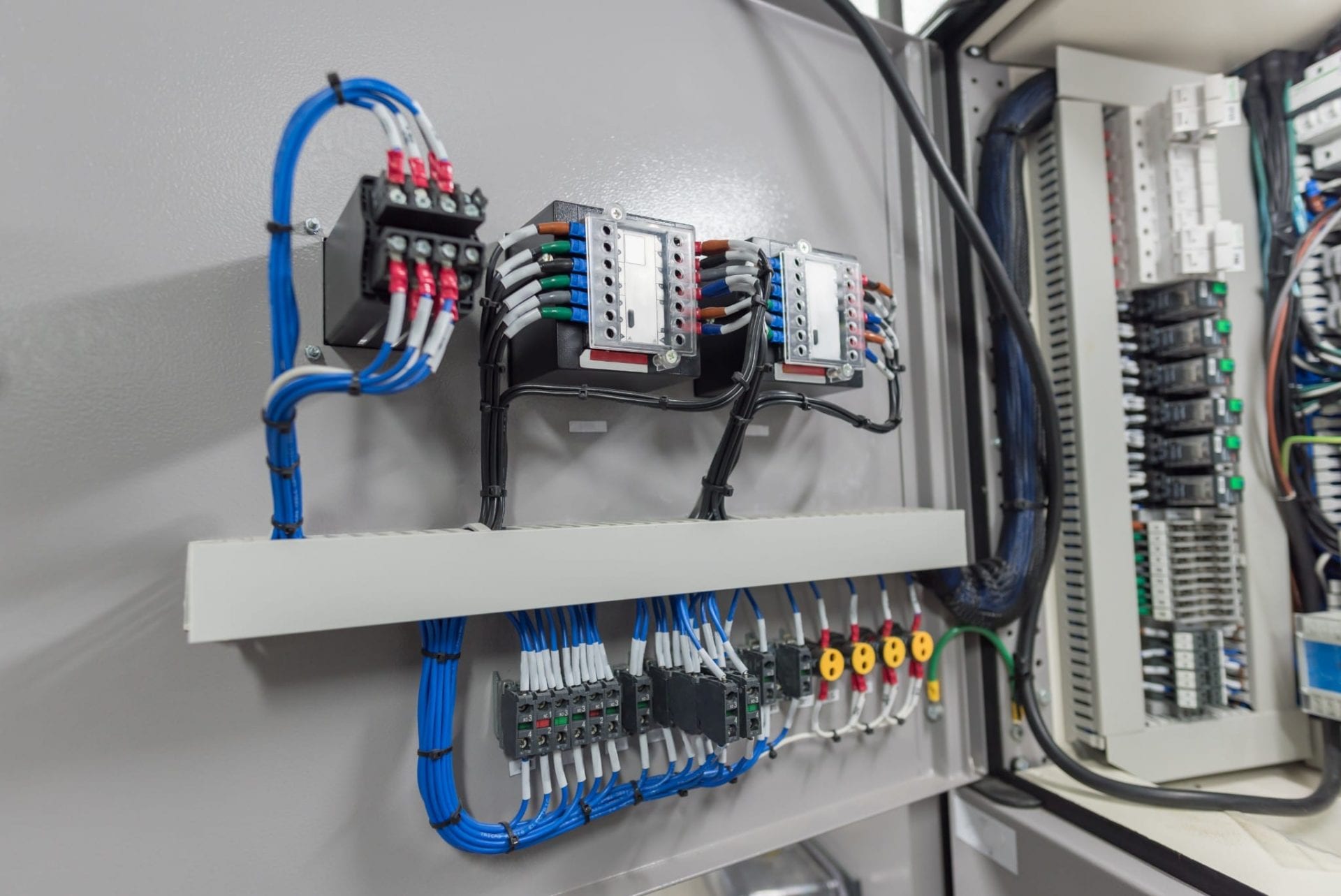How to Get Started with Electrical Wiring: A Novice's Guide

The electrical wiring is an essential part of any home, and knowing it is essential for every homeowner. Not only does it help in ensuring the proper functioning of your home, but it is also crucial for your security. In this article, we’ll go over the fundamentals of electrical wiring, the importance of safety as well as the benefits of hiring an authorized residential electrician to handle all of electrical wiring needs.
Understanding the basics of electrical wiring
The electrical wiring refers to the set of electrical conductors that run through your home, carrying electricity to your appliances as well as lighting fixtures. It is formed by electrical circuits that connect your power source and your appliances. Electrical circuits are made up of switches, wires and other electrical components that work together to form a secure and efficient electrical system. There are different types of electrical wiring. These include aluminum, copper, as well as wire insulation types such as PVC or rubber.
Preparation and Planning for Electrical Wiring
When installing new electrical wiring, there are several factors to consider, including the kind of wiring you’ll need, the size that your electric system can handle and the power requirements you require. It is also important to be aware of the electrical wire regulations as well as permits required in your locality. To prepare for electrical wiring, create an electrical plan, and then assess your electrical needs. This will ensure that your electrical system is secure, efficient, and meets your power needs.
Materials and tools required for Electrical Wiring
When installing new electrical wiring it is important to have the proper equipment and materials on hand. The most important tools are strippers, wire cutters, pliers, and a voltage tester. Other items required for electrical wiring include wire nuts, electrical tape conduit along with electrical boxes. It’s also beneficial to be equipped with a wiring diagram to help you with the process of installing.
Step-by-Step Guide for Electrical Wiring Installation
Installing electrical wiring can be complicated, but with the right tools and knowledge you can do it in a safe and efficient manner. Here’s a step-by step guide to installing electrical wiring in your home:
Turn off the power to the area in which you’ll be working.
Plan the wiring layout and mark where the wiring will be installed.
Install electrical boxes and conduit wherever needed.
Cut and strip wires to the proper length.
Make sure you connect the cables to your fixture or device that you’re wiring.
Secure the wires in place by using wiring nuts, electrical tape, and conduit straps.
Test the wiring to ensure that it’s working properly.
During the installation process it is essential to follow wiring installation best techniques and guidelines. Be conscious of common mistakes you need in the installation of electrical wire such as wiring circuits that are too large, using damaged wires or using the wrong kind of wire for the job.
Troubleshooting Electrical Wiring Issues
Even with careful design as well as installation issues may occur. The most frequent issues are circuit overloads, wiring damage, and electrical shorts. To solve these issues it is crucial that you are aware of typical electrical wiring problems and understand how to effectively and safely solve the issue. It is also essential to follow electrical safety procedures when attempting to solve electrical wiring problems including shutting off the power source and wearing safety gear.
Conclusion
In the end, knowing about how your electrical wiring is wired in your home is crucial for your safety and the efficient operation the electrical systems. It is essential to employ an accredited electrician to ensure that your wiring is set up and maintained correctly. At Local Electrician St Marys, we provide a range of electrical services, which include wiring installation and repair. Reach out to Local Electrician St Marys at 1300 941 876 to discuss all your electrical wiring requirements.
Electrical Wiring FAQ
Here are some frequently asked questions related to electrical wiring. They also include additional safety tips and best practices for electrical wiring repair and installation:
What type of wire should I choose for my electrical wiring?
The kind of wire you choose to use for your electrical wiring will depend on the specific requirements of your home and the local building codes. It is essential to choose the appropriate gauge of wire as well as the appropriate insulation type and wire materials to ensure the safety and efficiency of your electrical system.
Do I have to install myself my own wiring for electrical use?
Although it is possible to create an electrical wire yourself it’s crucial to have the knowledge and experience to install it in a safe and efficient manner. In the majority of instances it is advised to engage an authorized electrician to ensure that the wiring is properly installed and maintained in a safe and secure manner.
How often do I need to inspect my electrical wiring?
It is recommended to examine your electrical wiring at least every 10 years, or when you observe signs of electrical problems for example, frequent trips to the circuit breaker or electric shocks.
What do I do if notice electrical wiring problems in my house?
If you spot any electrical wiring issues in your home, such as flickering lights or outlets that don’t function, it’s important to address them immediately. Turn off the power to the area affected and call an authorized electrician to evaluate and repair the problem.
By following these suggestions and best methods, you can be sure the electrical wires are secure and operating correctly. Remember to prioritize safety and get a certified electrician whenever you need to. Contact Local Electrician St Marys at 1300 941 876 for all electrical wiring issues.
